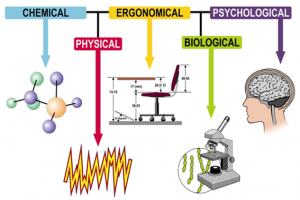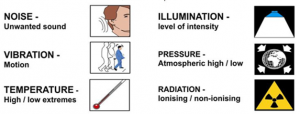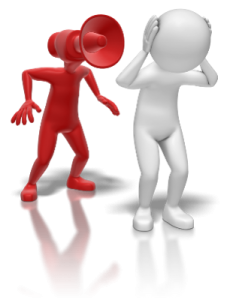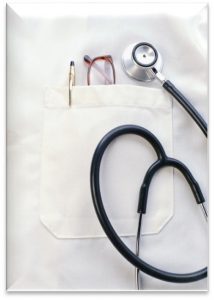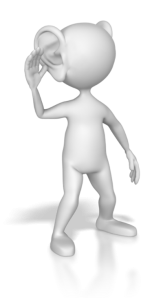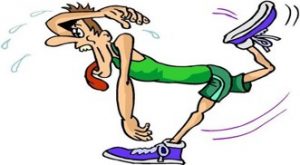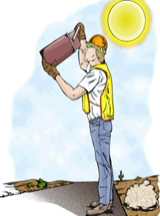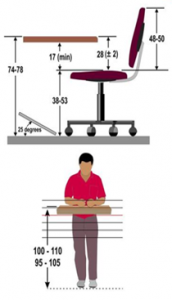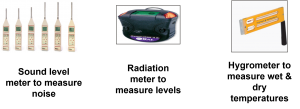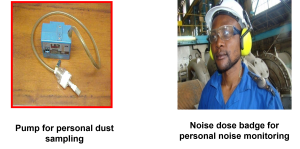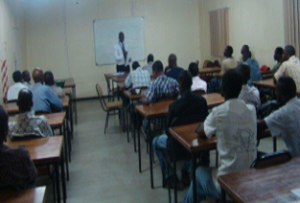Heat Stress – General Precautions
Hydration – The best way to avoid heat strokes and other heat disorders is to keep your body well hydrated. Drink a lot of water if you are exercising or working in hot conditions. Doctors usually recommend consuming eight or more glasses of water per day.
Ventilation – Remain in cool areas where your body can cool itself. If working in hot conditions, try to take a break to regain energy and to avoid overexposure to the sun.
Clothing – What you wear plays a big factor in how your body handles the heat. Light clothing and loose-fitting clothing will help your body in breathing and cooling itself. It is fine to wear a hat or cap to protect yourself from the sun but once you feel warm, remove it. This usually traps the heat inside your body.
